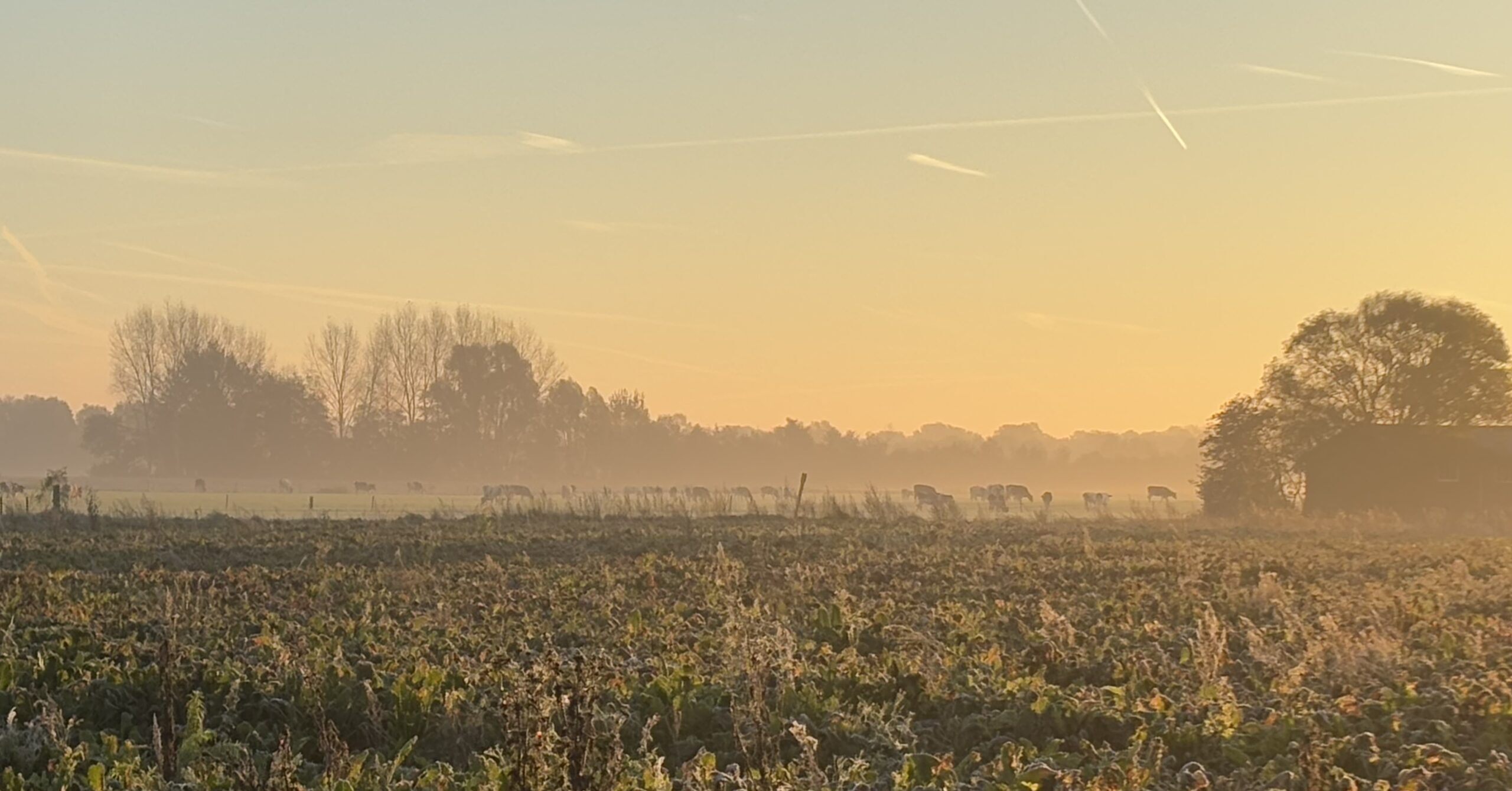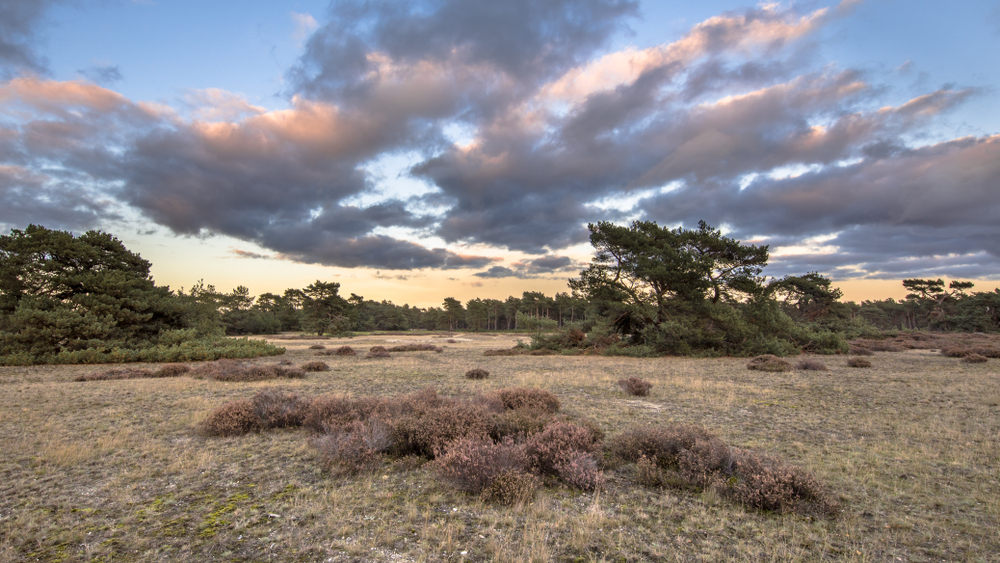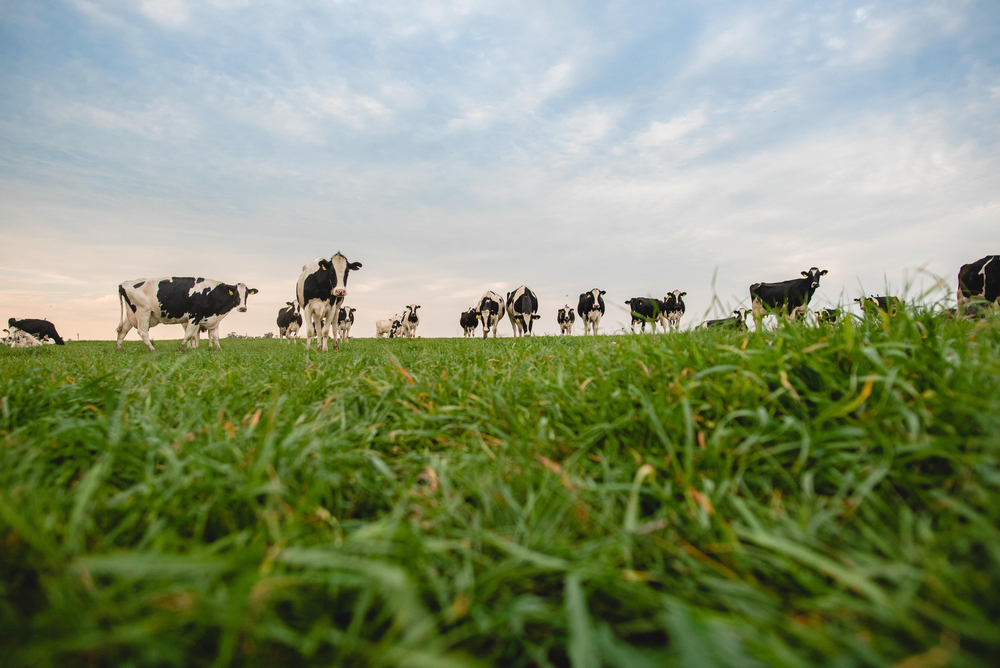Wageningen nitrogen experts were surprised when Minister Wiersma announced last month that the cabinet would end the National Rural Areas Programme (Dutch: Nationaal Programma Landelijk Gebied -NPLG), which addresses nitrogen and water quality issues. Resource asked several experts to share their views on how this may impact their domain. In this episode: Wim de Vries, professor of environmental systems and one of the four authors of an authoritative report on goal steering.
‘After much ado, everyone now more or less supports goal steering, for which four of us called in that previous report. Goal steering means translating the national targets to specific targets per business. Based on the letter she recently sent to the House of Representatives, the minister is also in favour. She also seems to favour the switch from deposition to emission-steering, for which I have been calling for quite a while now.
A growth trajectory is possible, but with the disclaimer that the more lenient you are at the beginning, the stricter you must be later on.
The approach Wiersma suggests in her letter is quite solid. The only issue is that she speaks of “achievable goals”, which leaves quite some room for interpretation. Moreover, the Netherlands already has an ammonia emissions target of 50% reduction by 2035. And unless the minister intends to propose a new target that also sets the end goal per business. I imagine the minister’s “achievable” means that the emission reduction will be achieved through some kind of growth trajectory, starting relatively slowly and then gaining momentum. A growth trajectory is possible, but with the disclaimer that the more lenient you are at the beginning, the stricter you must be later on.
Measuring or calculating
How goal steering can be implemented and safeguarded is the key question. At the behest of, among others, the Inter-Provincial Council (Dutch acronym IPO), the four of us, Gerard Ros, Marin van Ittersum, Roel Jongeneel and I, took a critical look. One of the key questions is how emissions reduction can be determined. Measuring ammonia and methane emissions in the barn can easily cost 15,000 euros per business, and even so, you will still need readings from the fields and those pertaining to nitrous oxide. Measuring all emissions is not viable, so it will mostly have to be calculated.
However, the calculations must show what measures contribute to emissions reduction. That question resulted in a new assignment from the IPO. The result is a list of 56 measures, with an indication of their effects on the emissions of ammonia, methane and nitrous oxide. All within a certain margin. For example: ‘removing manure from the barn every day will reduce emissions by between xx and xx per cent.’ How large the reduction is in practice depends mainly on the type of barn and how diligent the farmer is in their work. That is less than ideal in legal terms, the upheaval over the low-emissions barn floors has shown. Additionally, measures must be safeguarded since their implementation must be proven. An extra issue is that the percentages achieved through different measures can not be simply added up. The measures impact each other, and reduction percentages are always relative. If measure 1 results in a 10% reduction, measure 2 only affects the remaining 90% emissions, etcetera.
Headache
The whole thing gave me a bit of a headache. Should we implement a method that is this complex if it requires so much in terms of administration and safeguarding? Why don’t we begin with a relatively simple system? I mean a balance of input and outflow: how much feed concentrate and fertilisers enter the farm and how much meat, milk, and manure leave the farm, and two nitrogen readings, one just under the tail and one of the manure that leaves the farm. These values enable you to calculate quite accurately how much nitrogen was emitted into the air from the barn.
From the perspective of nature, it is more important that emissions are finally reduced than by being able to determine by precisely how much.
A relatively simple system seems to me like a fine solution to begin with because it will take five to ten years to arrive at a better system, which will simply make the Netherlands too late. There are, of course, all manner of objections you could make. However, tell me how better to get it done. Currently, no policy measures, save for the buying-out option, force farmers to take action. Setting goals per business creates responsibility, and that will push goal-steering in the right direction.
From the perspective of nature, it is more important that emissions are finally reduced than being able to determine by precisely how much. The Netherlands has had an excess nitrogen deposition for four decades. Nature does not care whether it is reduced by forty or sixty per cent in the coming decade. We must start somewhere. I believe that a relatively simple system will enable the Netherlands to take action. We aim to deliver a new vision paper on this subject before the end of the year.
Carrot and stick
And there is something else. As part of the IPO assignment, we also looked into four options for goal steering, ranging from stimulating and rewarding to restricting and taxing. After initial hesitations -we immediately leaned towards taxing- we now support positive stimulation. Achieving nitrogen reduction through the carrot and reserving the stick for eventualities. In addition to the psychological effect, there is also the added advantage that enforcement and monitoring need not be implemented to perfection at the start. Then, it will simply be a question of “Dear farmer, show me the data from your substance balance and readings”. That then suffices to be awarded the proverbial carrot. The monitoring and enforcement system can be organised in the meantime.
Nitrogen series
Episode #1 – ‘I believe the minister’s strategy is risky’ with Roel Jongeneel
Episode #2 – ‘Goal steering does not make nitrogen reduction easy all of a sudden’ with Edo Gies
Episode #3 – ‘The industry of doubt has hopefully become obsolete’ with Karin Groenestein
Episode #4 – ‘I expect the feed option to be brought back to the table’ with Jan Dijkstra
Episode #5 – ‘The funds are depleted, so we need smart solutions’ with Gerard Migchels
Episode #6 – ‘Let’s start goal-steering through a relatively simple system’ with Wim de Vries

 What the minister means by “achievable goals” is still foggy, says De Vries. Photo Resource
What the minister means by “achievable goals” is still foggy, says De Vries. Photo Resource 

